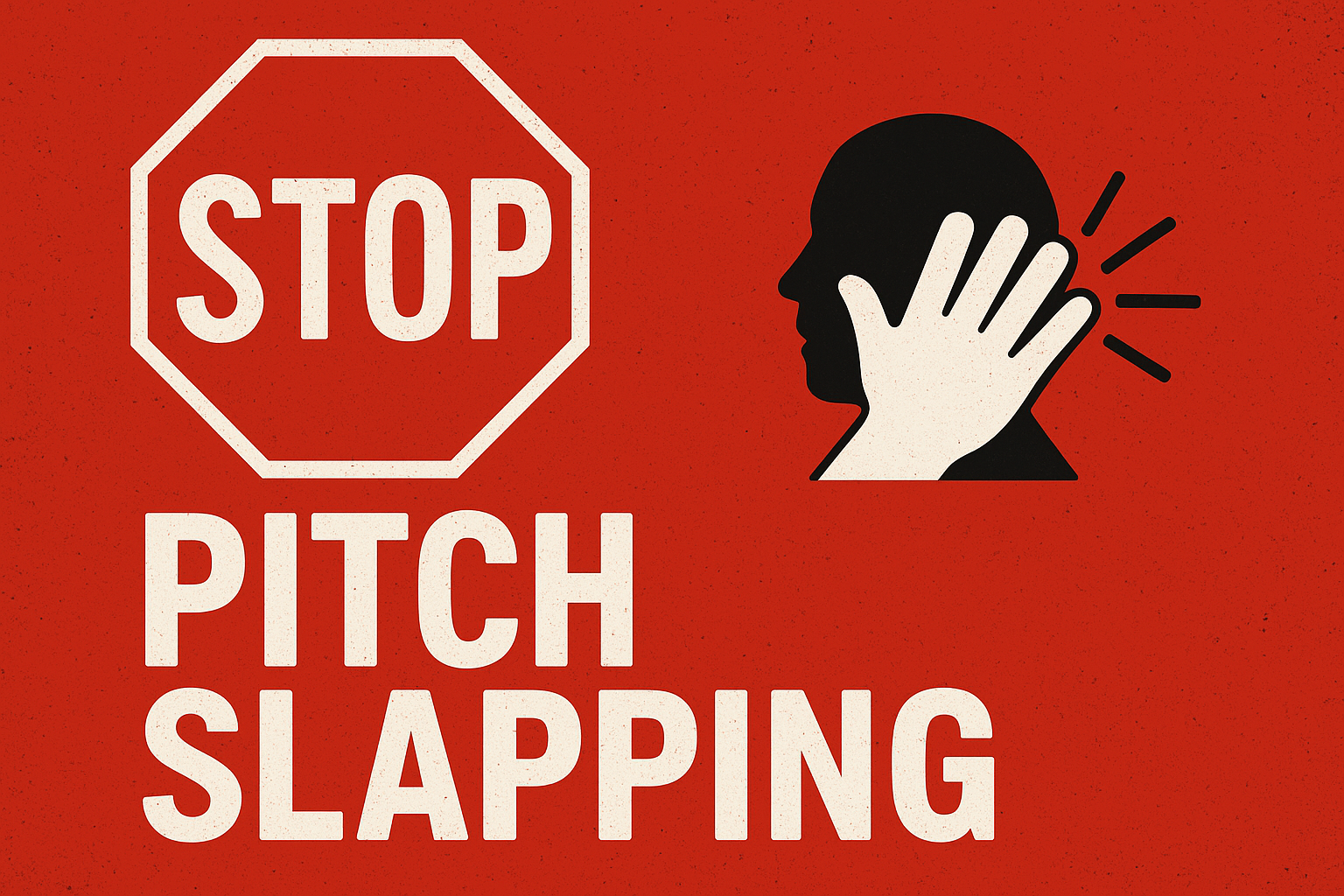
Churn is a Sales Problem

In most boardrooms, churn gets filed under “Customer Success” or “Support.” But let’s get real…churn starts the moment expectations are set – and that begins with Sales.
If customers are walking out the door faster than they’re coming in, you don’t just have a retention problem – you have a sales problem. And the solution isn’t more discounts or heavier follow-up. It’s a customer experience (CX) strategy that builds long-term loyalty and keeps the back door closed.
In a subscription-based economy, where revenue depends on retention, your growth engine isn’t just about signing new deals. It’s about keeping the ones you’ve already earned. And that means CX has to be part of your sales strategy – not a bolt-on afterthought.
Why Churn is a Sales Problem in Disguise
Churn is often treated like a post-sale issue, something for CX teams to clean up once the contract is signed. But that mindset ignores the roots of the problem.
If Sales overpromises and the product or onboarding experience underdelivers, disappointment is inevitable. Customers feel misled, and the relationship breaks down before it begins, ultimately creating misaligned expectations. According to Salesforce, 76% of customers say it’s easier than ever to take their business elsewhere. A single broken promise is all it takes.
When Sales tosses a customer into the system with no context or introduction to the post-sale team, it creates confusion and friction as there often isn’t a warm handover. There’s a gap in the relationship – and that gap often leads to disengagement.
There is also often no ownership of customer retention. If Sales is only measured on new revenue and not customer lifetime value (CLV), they have little incentive to think long-term. But what’s the point of winning a deal that churns in three months?
CX as the Cure for Churn
To stop churn at the source, CX needs to be embedded into the sales process—not just activated after the fact. Here’s how you do it:
- Align Sales and CX Around Customer Outcomes
Start by shifting the focus from “close the deal” to “ensure the customer succeeds.”
- Sales should understand the customer’s definition of success, not just their budget and buying timeline.
- CX should be looped in before the sale closes, so they’re prepared to deliver immediate value.
Ask: “What does a win look like for this customer in 30, 60, 90 days?”
- Make the First 30 Days Count
Churn often happens silently in the first few weeks – when onboarding is clunky, support is hard to reach, or value isn’t obvious.
- Create a joint onboarding plan between Sales and CX.
- Use that momentum from the sale to deepen trust.
- Celebrate early wins with the customer – they’ll remember how you made them feel.
According to ProfitWell, the average SaaS company loses 30% of its customers within the first year – most within the first 90 days.
- Measure the Right Metrics
Traditional sales metrics like monthly revenue and win rates don’t tell the full story. If those deals churn, what have you really gained?
- Add Customer Lifetime Value (CLV), Net Revenue Retention (NRR), and Time to First Value (TTFV) to your sales dashboard.
- Consider churn rate a sales KPI, not just a CX one.
High CLV and low churn are signs that Sales is setting up customers for success – not just closing deals for the sake of the scoreboard.
Building a CX-Driven Sales Strategy
To prevent churn at the source, there are several ways to embed CX into your sales culture. Firstly, train sales teams in empathy and experience. Teach reps to ask better questions, uncover long-term goals, and personalise their approach. Equip them with basic CX principles so they’re thinking beyond the close. The more aligned the experience, the stronger the relationship.
Secondly, create a feedback loop between CX and sales. If CX teams know why customers churn, Sales needs to know too. Was the product a bad fit? Was the onboarding process too complex? Use churn data to shape future sales conversations. Hold monthly alignment meetings, share anonymised churn case studies and involve Sales in win-back campaigns to reconnect and learn.
Lastly, incentivise retention, not just acquisition. Don’t just reward closed deals. Incentivise Sales for customers who stick around, renew, and expand. Retention-driven compensation drives better long-term behaviours and better outcomes for your customers.
Final Thought: Churn Doesn’t Happen by Accident
It happens because expectations aren’t met. Because customers feel unsupported. Because relationships were never really built.
And it starts before the ink is dry.
To stop churn, you don’t need better scripts. You need better alignment between Sales and CX. You need a culture that values the customer journey just as much as the customer acquisition.
Sales should light the spark.
CX should fan the flame.
But together, they build something that lasts.
Ask your Sales team: What happens after the deal closes? Then bring your CX team into the room and start building a strategy that keeps customers coming back.
































